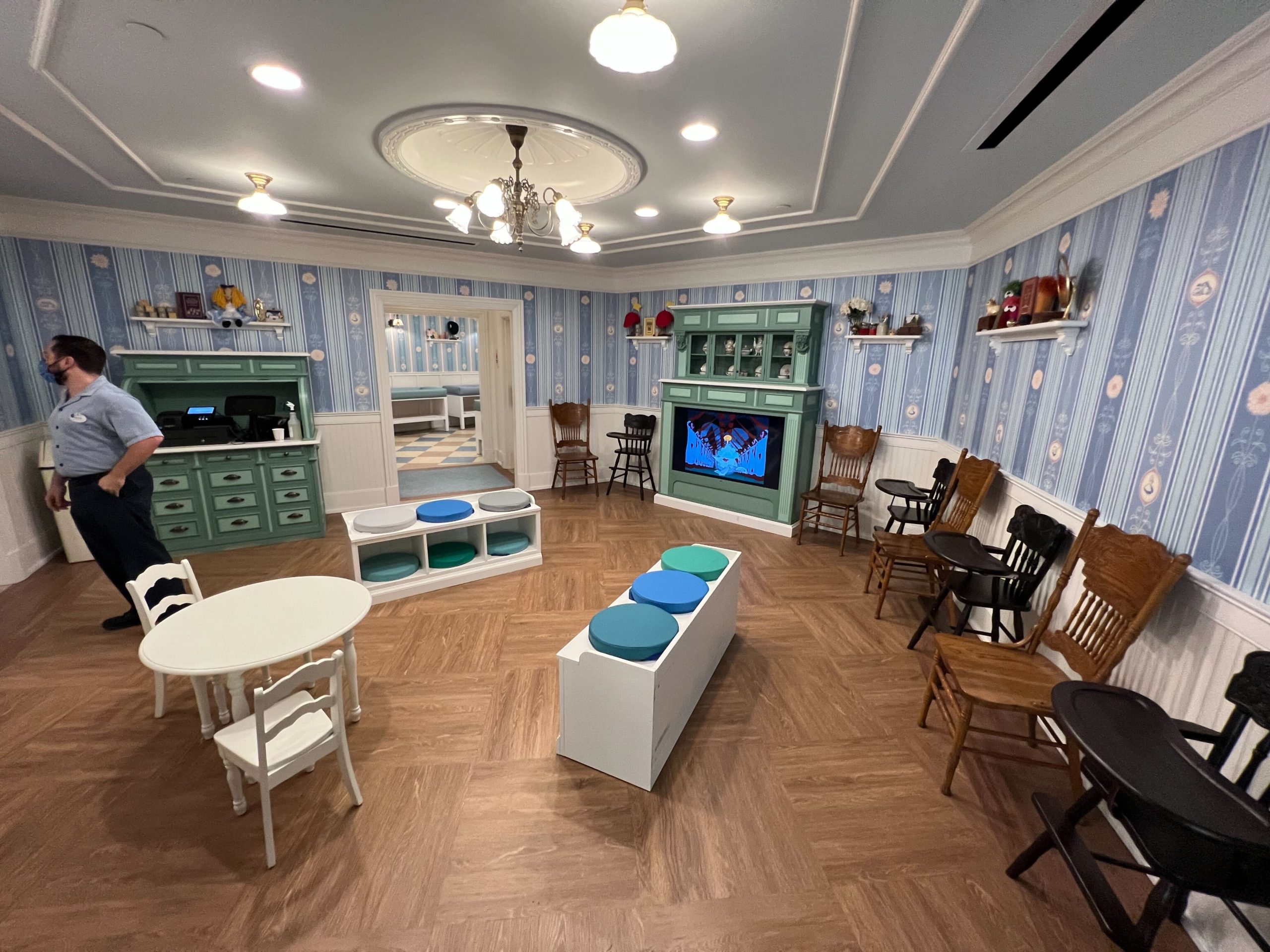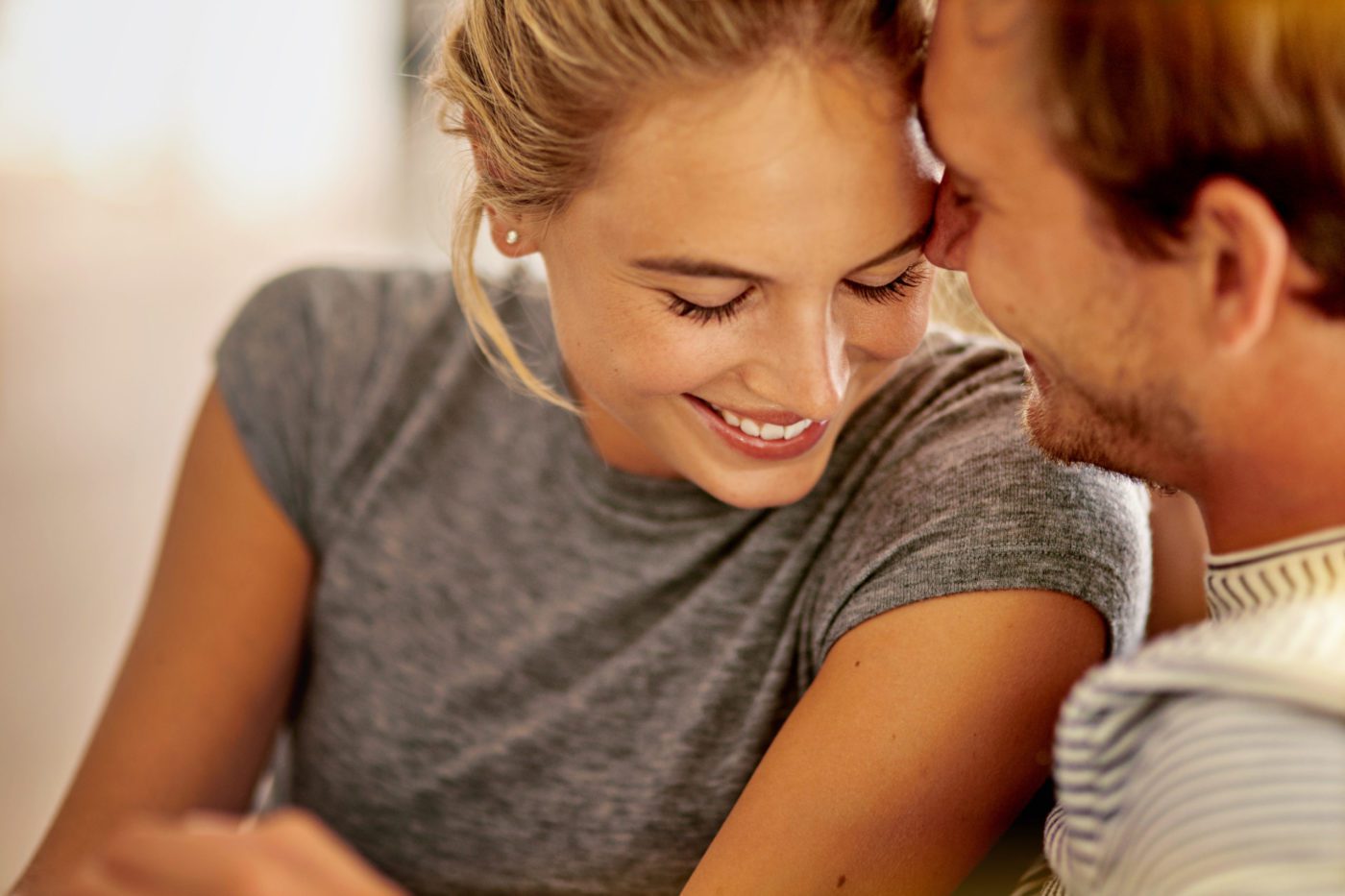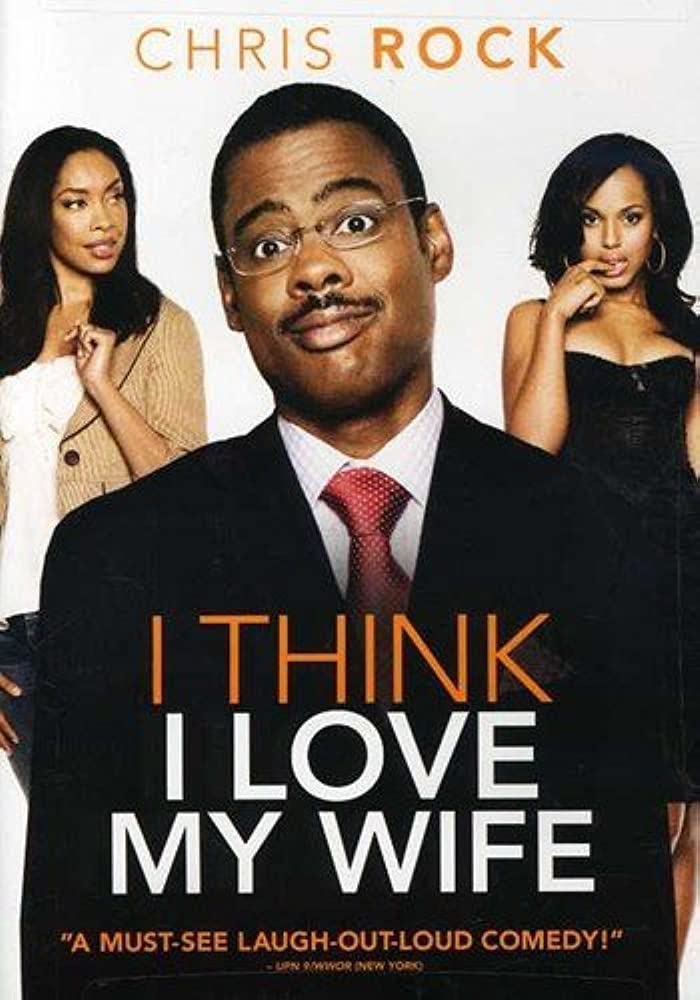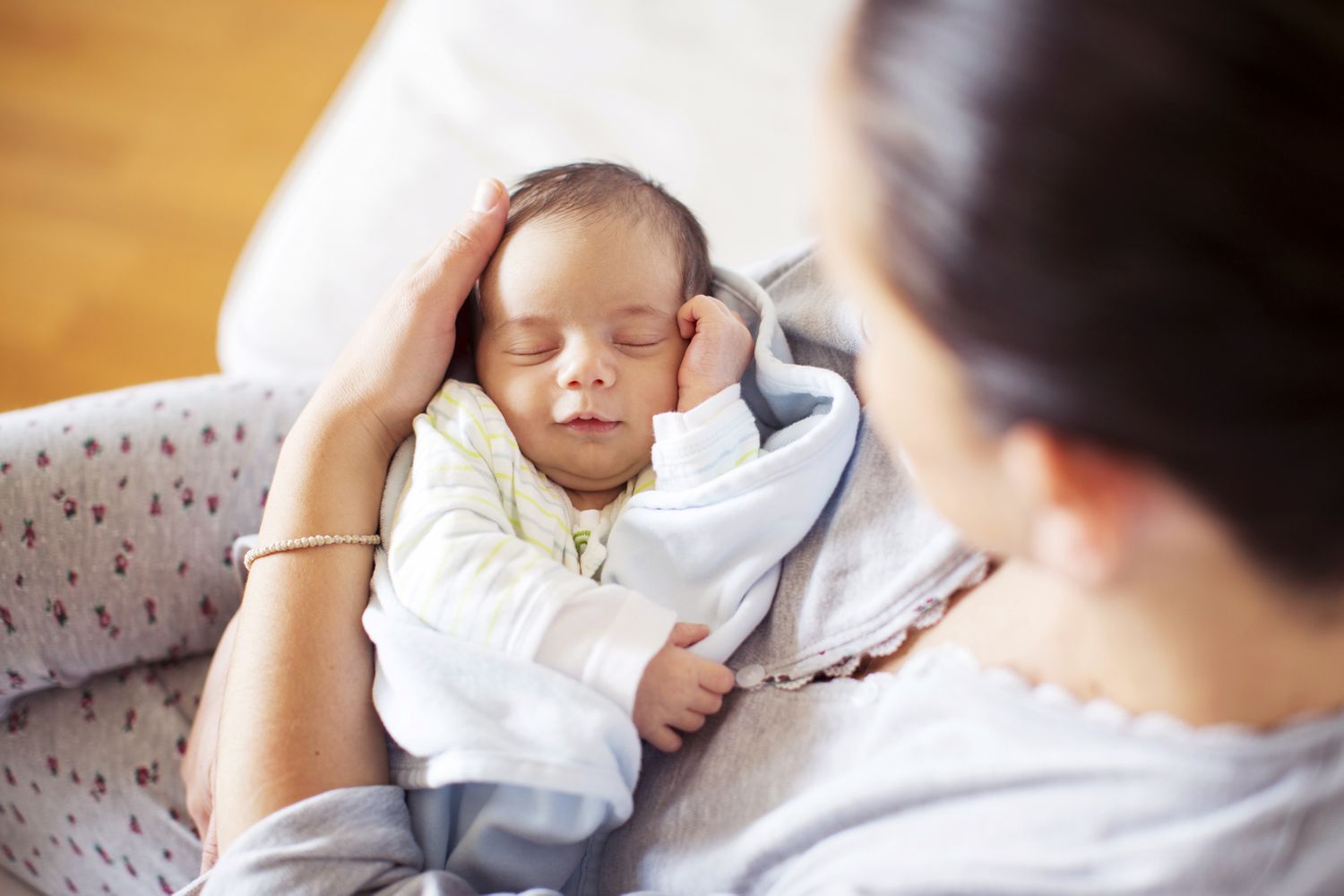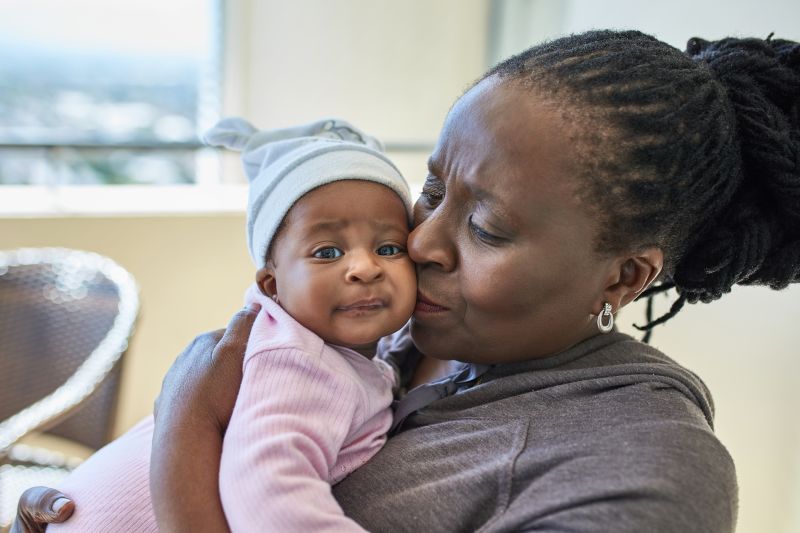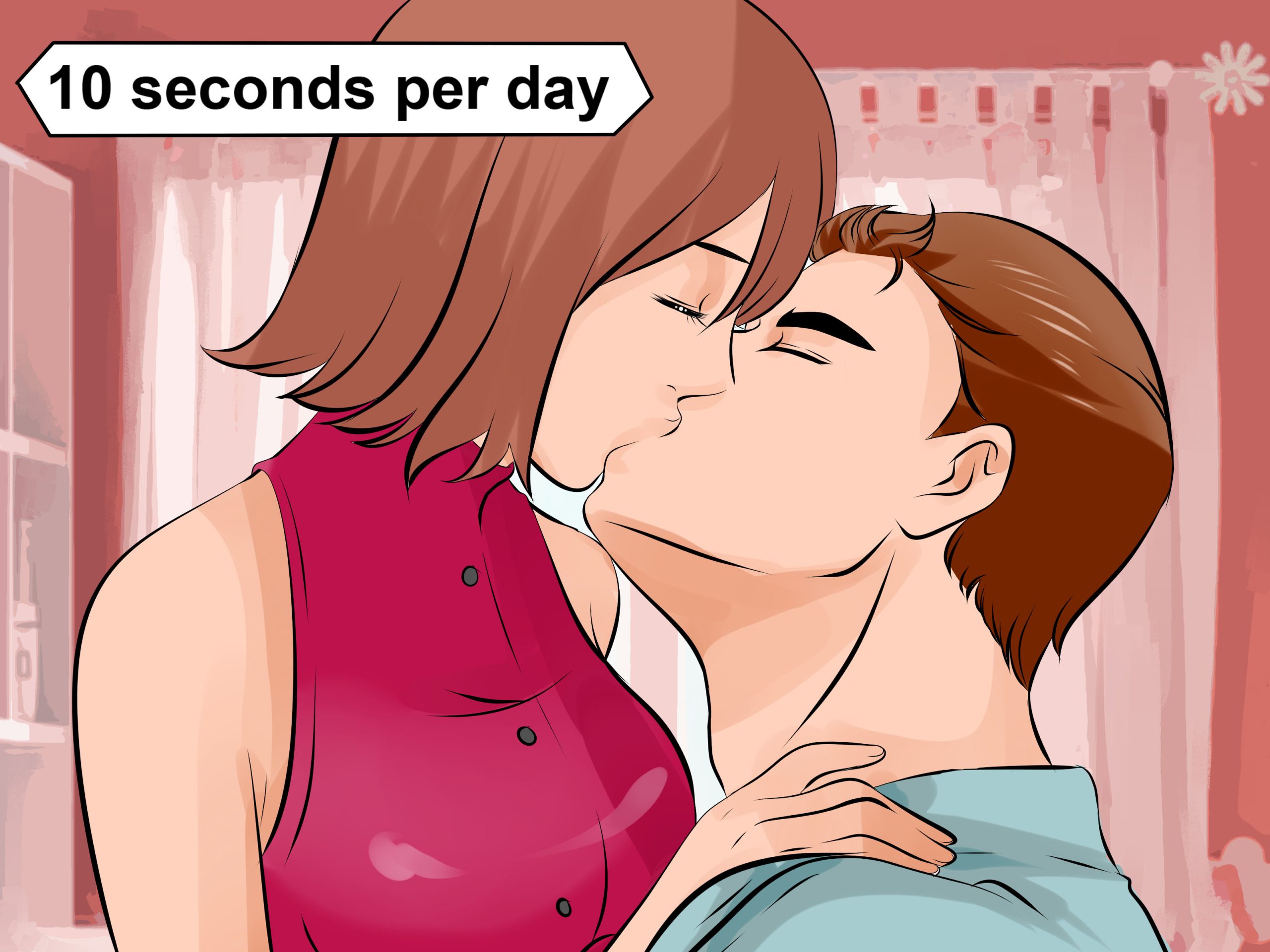Baby Safety is Essential: Protecting Your Little Miracle
Baby safety is important because it can prevent accidents and unforeseen dangers. It is the responsibility of parents and caregivers to ensure that babies’ surroundings are safe, secure, and conducive to their well-being.
From the moment a baby is born, they are vulnerable to various hazards in their environment. Therefore, it is crucial to take necessary steps to create a safe space for them to grow and thrive. There are several potential dangers that babies face such as choking, falling, burning, poisoning, and suffocation.
The risks can be minimized by being attentive, informed, and proactive. By ensuring that babies are in a safe environment, parents and caregivers can offer them the best possible start in life while also providing peace of mind for themselves.
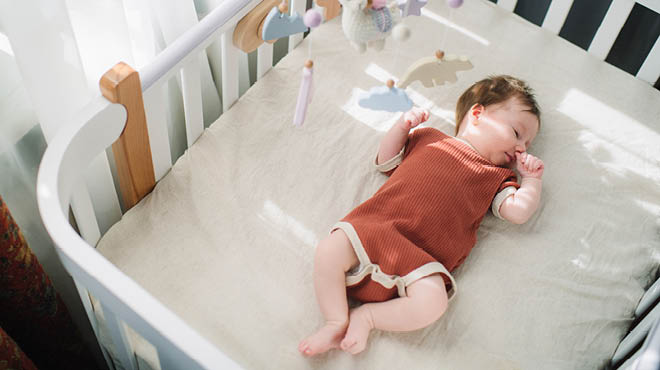
Credit: www.mayoclinichealthsystem.org
Why Baby Safety Is A Priority For Every Parent
The Importance Of Baby Safety
Babies are vulnerable and need to be protected in all aspects of life. Baby safety should be a top priority for every parent, as it can reduce or eliminate potential risks and accidents. Here are some reasons why baby safety matters:
- Prevention of injuries: Babies are curious and tend to explore their surroundings by putting things into their mouths. This increases the risk of choking on small objects or ingesting harmful substances. By implementing safety measures, parents can prevent the occurrence of such incidents.
- Peace of mind: Knowing that your baby is safe and secure provides you with peace of mind. It allows you to focus on other aspects of parenting without worrying about the safety of your child.
- Development of healthy habits: Teaching your baby about safety from a young age helps them develop healthy habits that they will carry through to adulthood.
The Risks Associated With A Lack Of Baby Safety Measures
Parents who overlook or ignore baby safety measures are putting their child at risk. The following are some of the potential dangers that can arise from a lack of baby safety:
- Suffocation: Babies can suffocate if they are not put to sleep in a safe position. This is why it is critical to place your baby on their back in their crib or bassinet to reduce the risk of suffocation.
- Burns: Hot liquids, objects or surfaces can result in burns or scalds. Therefore it is crucial to keep all hot objects out of reach of a baby, especially the ones that can spill or tip over.
- Falls: Falls are a leading cause of injury in young children. Preventing falls means not allowing your baby to be in unsupervised or dangerous places. This measure will ensure that your baby remains safe and free from injury.
The Impact Of Baby Safety On Child Development
Baby safety is not only necessary to prevent accidents but also has a significant impact on child development. Ensuring the safety of your baby can help with the following aspects of child development:
- Motor skills: By providing a safe environment for play and exploration, you help your baby to develop their motor skills, as they can move around safely and learn how to balance and coordinate their movements.
- Emotional well-being: Infants need to feel safe and secure, and when they experience safety and protection, it builds trust and promotes emotional stability.
- Cognitive development: When babies are safe and free from fear or injury, it gives them the freedom to explore and learn by using their curiosity. An unsafe environment restricts a baby’s learning and mental development.
Baby safety is crucial for every parent to consider. Safety measures should be put in place to prevent injuries and hazards. By adhering to these guidelines, parents can create an environment where their baby can grow, learn and thrive in safety and with confidence.
Essential Tips For A Safe And Secure Baby Environment
Baby Safety: Essential Tips For A Safe And Secure Baby Environment
Babies are fragile little beings that require a safe and secure environment to grow up in. With their curious nature, their safety should be a top priority. To ensure this, here are some essential tips for a safe baby environment:
Baby-Proofing The Home
When babies first start crawling, they begin to explore their surroundings. As a result, it is crucial to create an environment that is safe for them to do so. Here’s how to baby-proof your home:
- Install safety gates at the top and bottom of stairs and in doorways to prevent access to specific areas.
- Cover electrical outlets and hide cords to avoid electrocution.
- Ensure that all sharp objects are out of reach.
- Secure any furniture that might tip over.
Safe Handling Of Baby Equipment
Infants require a lot of equipment, and it is vital to ensure that they are handled safely. Here are some tips on how to safely handle baby gear:
- Always read the instruction manual before using any equipment to ensure that you do so correctly.
- Use strong and sturdy cribs to avoid collapses.
- Place your baby on their back while sleeping to prevent suffocation.
- Avoid using walkers as they can be dangerous and lead to accidents.
Choosing Safe And Appropriate Toys For Babies
Selecting the appropriate toys is crucial for a safe baby environment. Here’s what to consider when choosing the best toys:
- Choose age-appropriate toys to avoid any choking hazards.
- Avoid toys with sharp edges or small parts that may cause injury.
- Check for potential toxins or chemicals that may put your baby’s health at risk.
- Be cautious of toys with strings or long straps that could lead to strangulation.
Creating a safe and secure environment for your baby requires careful consideration of many factors. By extensively baby-proofing your home, safely handling baby equipment and choosing appropriate toys, you can prioritize your baby’s safety and ensure that they enjoy a happy and healthy life.
Understanding Baby First Aid And Emergency Preparedness
Development is a curious process, and for parents, it is both delightful and challenging. Your baby may be the most innocent and helpless creature you’ve ever come across, but taking care of one isn’t always a walk in the park.
Amid feeding, bathing, and changing, one critical aspect of baby care is ensuring their safety. An emergency can strike anytime, anywhere, and as a responsible guardian, it’s your job to learn first aid and emergency preparedness skills. Here, we discuss the essential first aid skills, baby cpr techniques, and creating a baby first aid kit.
Essential First Aid Skills For Parents
No one plans on their child getting hurt, but accidents happen. Knowing what to do during a crisis can be the difference between life and death. Here are a few first aid skills every parent should learn:
- If your child is choking, call for help right away and clear their airway by performing back-slaps and chest thrusts.
- For a severe cut or burn, elevate the injured part and apply pressure to stop the bleeding.
- In case of a severe allergic reaction, administer epinephrine and call 911 immediately.
- For a broken bone or fracture, immobilize the affected limb and get help from a medical professional.
- Never induce vomiting in case of poisoning; instead, call the poison control center and take your child to the hospital immediately.
Baby Cpr Techniques
Cardiopulmonary resuscitation, commonly known as cpr, is a lifesaving technique that can help revive a baby whose breathing and heartbeat have stopped. As a parent, learning cpr could be a vital skill in case of an emergency. Follow these steps to perform cpr:
- Lay your baby on a firm surface, and check their responsiveness by tapping their shoulder or foot.
- Call 911 immediately if your baby is not responsive.
- Perform 30 chest compressions at 100 to 120 beats per minute.
- Tilt the baby’s head back and seal their nose and mouth with your mouth.
- Blow for one second until the chest rises, then wait for one second before repeating.
- Perform five breaths and 30 compressions until help arrives.
Creating A Baby First Aid Kit
Having a baby first aid kit is essential for any parent or caregiver. In case of an emergency, having the necessary supplies can make all the difference. Here are a few items that should be in your baby’s first aid kit:
- Adhesive bandages of various sizes
- Gauze pads and rolls
- Digital thermometer
- Nasal aspirator
- Scissors
- Tweezers
- Thermometer
- Saline drops
- Sterile eyewash
- Children’s antihistamine cream or syrup
Learning first aid and emergency preparedness skills can make all the difference in a crisis. As a parent, it’s your responsibility to ensure your child’s safety by understanding how to respond in an emergency. With essential first aid skills, knowledge of baby cpr techniques, and a well-stocked baby first aid kit, you can safeguard your child’s health and development.
Protecting Your Baby In The Car
Safety Regulations And Guidelines For Car Seats
The safety of your baby should be at the forefront of your mind when travelling in a car. That’s why it’s important to familiarize yourself with safety regulations and guidelines for car seats. Here are a few key points to keep in mind:
- Car seat regulations differ depending on where you live. Make sure you’re aware of the guidelines in your area.
- Always use a car seat that is appropriate for your baby’s age, weight, and height.
- Avoid using a second hand car seat, or one that has been involved in an accident.
- Never use a car seat that is damaged or has missing parts.
Choosing The Right Car Seat For Your Baby
Choosing the right car seat for your baby is crucial in ensuring their safety during car rides. Here are a few things to consider when selecting a car seat:
- Age and size: Car seats should accommodate your baby’s age and size. Infants typically require rear-facing car seats, while toddlers need bigger seats that can be adjusted as they grow.
- Type of car seat: There are four types of car seats – rear-facing, forward-facing, booster seats, and convertible seats. Choose the one that best suits your baby’s needs.
- Ease of use: Pick a car seat that is easy to use, so that you can properly install and adjust it every time.
- Crash test ratings: Check the car seat’s crash test ratings to ensure that it has been tested for safety.
Installing And Using Car Seats Correctly
Proper installation and use of car seats is crucial in ensuring your baby’s safety during car rides. Here are some important things to keep in mind:
- Read and follow the car seat’s instruction manual carefully.
- Make sure that the car seat is properly secured in the car, and that the baby is harnessed in correctly.
- Ensure that the car seat is adjusted to fit your baby’s size correctly. Safety checks can be done by a professional such as a certified child passenger safety technician (cpst).
- Only use car seats in the back seat, never in the front with airbags.
Overall, protecting your baby in the car requires proper knowledge and implementation of safety regulations and guidelines. Choose the right car seat for your baby, install it correctly, and use it properly to make sure that your baby stays safe during car rides.
Keeping Your Baby Safe Outdoors
As parents, we all want our babies to get fresh air and sunshine, but the outdoors can also present some safety hazards that we need to be aware of. Here are some tips to ensure your baby’s safety while enjoying the great outdoors.
Safe Outdoor Play Areas For Babies
- Always supervise your baby when playing outside.
- Create a safe and secure outdoor play area using a fence or playpen.
- Inspect your outdoor play area regularly and remove any potential hazards such as sharp objects, rocks, or sticks that could cause injury to your baby.
- Keep an eye on your baby’s clothing and make sure there are no loose strings or strings that could get caught around the neck.
Protection From Weather Elements
- Use sunscreen with at least spf 30 to protect your baby’s skin from harmful uv rays.
- Dress your baby appropriately for the weather. During hot weather, dress your baby in loose, lightweight clothing and a hat to keep them cool. On chilly days, dress your baby in layers to keep them warm and comfortable, and remember to cover their head with a hat.
- Keep your baby well-hydrated on hot days by offering them water frequently.
Tips For Ensuring Baby’S Safety On Walks And Outings
- Choose a stroller that is suitable for your baby’s age and weight and that has secure straps to keep them in place.
- Always buckle up your baby securely in their stroller, and make sure the stroller’s brakes are engaged before leaving it unattended.
- Be aware of traffic and choose a route that is safer for you and your baby.
- Keep your phone charged and with you at all times in case of an emergency.
- Carry a first aid kit with you that contains necessary items, such as bandages, antiseptic, and sunscreen.
By following these simple safety tips for keeping your baby safe outdoors, you can create a safe environment for your baby to enjoy the fresh air and sunshine while giving yourself peace of mind.
Creating Safe Sleep Environments For Your Baby
As a parent, ensuring your baby’s safety is of the utmost importance. Creating a safe sleep environment for your little one is essential for their health and well-being. Here are some guidelines for safe sleeping practices to keep in mind:
Safe Cribs And Sleep Surfaces For Babies
- Invest in a crib that meets the latest safety standards.
- Ensure that the mattress fits snuggly in the crib without any gaps between the mattress and the sides of the crib.
- Avoid using crib bumpers, pillows, blankets, and toys in the crib.
- Do not let your baby sleep on an adult bed, couch, or armchair, even for a nap.
Guidelines For Safe Sleeping Practices
- Always place your baby on their back to sleep, even for naps.
- Keep the room at a comfortable temperature, not too hot or too cold.
- Dress your baby appropriately for sleep, without any loose clothing that can result in suffocation.
- Do not allow smoking near your baby or in the home.
- Breastfeed your baby, as it is known to lower the risk of sids.
Tips On Reducing The Risk Of Sudden Infant Death Syndrome (Sids)
- Share your room with your newborn, but avoid co-sleeping.
- Use a firm and flat sleep surface, such as a safety-approved crib mattress.
- Use a wearable blanket or sleep sack instead of blankets.
- Avoid overheating your baby, as it is associated with an increased risk of sids.
- Do not use home monitors or commercial devices, as they are not proven to reduce the risk of sids.
Creating a safe sleep environment for your baby not only provides peace of mind for parents but also reduces the risk of sids. By following these guidelines for safe sleeping practices and reducing the risk of sids, you can provide a safe and comfortable sleeping environment for your little one.
Feeding Your Baby Safely And Healthily
As a new parent, one of your top priorities is making sure your baby is healthy and safe. Feeding your baby safely and healthily is essential for their growth and development. Here are some tips to help you provide safe and healthy food for your baby.
Tips For Safe And Healthy Feeding Practices
- Always wash your hands before preparing or handling your baby’s food.
- Use clean bottles, nipples, and utensils when feeding your baby.
- Make sure the temperature of the food is not too hot before giving it to your baby.
- Breastfeeding is the safest and healthiest option for your baby, but if you choose to use formula, follow the instructions on the package carefully.
- Do not add solid foods to your baby’s diet until they are at least 6 months old.
Safe Storage Of Breast Milk And Baby Formula
- Store breast milk in sterile bottles or bags and label them with the date and time.
- Breast milk can be stored in the refrigerator for up to 4 days and in the freezer for up to 6 months.
- Baby formula should be stored according to the instructions on the package.
- Do not use formula that has expired or has been open for more than one hour.
Allergen-Free Feeding For Babies And Children
- Introduce new foods one at a time to check for any allergic reactions.
- Common food allergens that should be avoided until your baby is 1 year old include milk, eggs, peanuts, tree nuts, fish, and shellfish.
- If your baby has a food allergy, make sure to read food labels carefully and avoid any foods that contain the allergen.
- Speak with your pediatrician about the best ways to incorporate allergenic foods into your baby’s diet.
By following these tips, you can help ensure that your baby is safe and healthy while feeding. Remember, introducing healthy food choices at an early age will set your baby on a path towards a lifelong habit of making healthy choices.
Coping With Common Health Challenges And Injuries
Ensuring baby safety is crucial for new parents, and it comes with its own set of challenges. From making sure the crib is set up correctly to keeping hazardous materials out of reach, it is important to be proactive in preventing potential accidents.
Here are some common baby health issues and injuries to be aware of, as well as tips on prevention and action.
Common Baby Health Issues And Injuries And How To Prevent Them
- Choking hazards: Babies love to put things in their mouths, and it’s important to be aware of choking hazards. Keep small objects and dangerous materials like coins, batteries, and cleaning products out of reach.
- Burns: Always make sure hot liquids and food are kept out of reach, and never leave a baby unattended near a hot stove or heater. Lowering hot water temperatures can also prevent burns.
- Falls: Babies are curious and can easily fall or tumble off beds, changing tables, and other high surfaces. Always keep one hand on them during diaper changes or playtime. Use safety gates and keep floors clear of small objects.
- Cuts and bruises: Baby-proofing sharp edges of furniture and teaching your baby not to play with sharp objects can significantly reduce the risk of cuts and bruises. Regularly inspect your baby’s toys for sharp edges or parts that can be broken off.
- Sudden infant death syndrome (sids): This is the unexpected death of a baby under one year old while the baby is sleeping. Always put babies to sleep on their backs, and keep soft materials such as blankets and pillows out of the crib. Also, make sure the baby’s sleep area is free of obstructions and is well-ventilated.
Recognizing Symptoms Of Serious Health Problems
It is important to monitor your baby’s overall health on a daily basis. This includes watching for signs of serious health problems, which can include:
- High fever
- Difficulty breathing
- Vomiting or diarrhea
- Unusual rashes or skin irritations
- Lack of alertness or activity
Knowing When To Seek Professional Medical Help
As a new parent, it is natural to worry about your baby’s health. If you feel like something is not right or your baby shows any of the serious health problem symptoms listed above, don’t hesitate to seek medical attention.
Keep your pediatrician’s contact information handy and always trust your gut instincts. Remember, prevention is key, so always be proactive in ensuring your baby’s safety and well-being.
Wellness And Developmental Milestones For Your Baby
Why Baby Safety Is Important: Wellness And Developmental Milestones For Your Baby
Welcoming a new baby into the world is an exciting time for any family. However, ensuring your baby’s safety and well-being is a top priority. Here are some key points to keep in mind when it comes to your little one’s growth and development.
Monitoring Your Baby’S Growth And Development
It’s important to keep an eye on your baby’s growth and development from the beginning. Regular check-ups, monitoring milestones and developmental growth can be helpful in ensuring your baby is on track. Here are a few things to consider:
- Keep track of your baby’s weight and length at each check-up and note any changes from the previous visit.
- Monitor your baby’s motor skills, such as rolling over, sitting up, and crawling, to ensure they are meeting developmental milestones.
- Be aware of your baby’s communication skills and language development, like babbling and cooing. Consider keeping a journal to track progress, and discuss any concerns with your pediatrician.
Tips For Promoting Healthy Physical, Social And Emotional Development
As a parent, there are plenty of things you can do to help promote healthy physical, social, and emotional development during your child’s early years. Here are some tips to consider:
- Physical development: Provide plenty of opportunities for your baby to play and move around. Encourage tummy time early on to help develop strong neck and shoulder muscles. As your baby grows, give them plenty of opportunities to crawl, walk, and climb to help develop gross motor skills.
- Social development: Encourage social interaction with other children and adults. Playdates, childcare centres, and programs for toddlers can all help your little one develop social skills.
- Emotional development: Comfort and nurture your baby regularly through things like cuddling, reading, and singing. Help them learn to manage their emotions by offering support and a safe environment to express themselves.
Understanding Baby Wellness Visits And Check-Ups
Wellness visits and check-ups are an essential part of monitoring your baby’s development and overall health. These visits typically occur several times during the first year of life and may include physical exams, immunizations, and developmental screenings. Here are a few things to keep in mind:
- Wellness visits and check-ups are a great opportunity to ask questions and discuss any concerns with your pediatrician.
- Be sure to let your doctor know about any family history of medical conditions that could potentially affect your baby’s health.
- Following your doctor’s recommendations for wellness visits and check-ups can help ensure your baby stays healthy and on track with their development.
Promoting your baby’s safety, health, and well-being is crucial during their early years. Keeping track of your baby’s growth and development, encouraging healthy physical, social, and emotional habits, and staying up-to-date on wellness visits and check-ups can all help your little one thrive.
Frequently Asked Questions Of Why Is Baby Safety Important?
What Are The Risks Of Not Baby-Proofing The House?
Failing to baby-proof the house can result in severe injuries or death of the baby.
How Do I Know Which Baby Safety Products To Buy?
Consult a baby safety specialist for product recommendations and buy only approved and certified products.
How Early Should I Start Baby-Proofing My House?
Start baby-proofing before the baby starts crawling, as potentially hazardous items will be within their reach.
Can Baby Safety Products Replace Parental Supervision?
No. Parents or guardians should always supervise their babies irrespective of the safety measures put in place.
How Can I Educate Myself On Baby Safety Best Practices?
Attend baby safety classes, read baby safety books and blogs, and consult baby safety specialists for guidelines.
Conclusion
Ensuring the safety of babies is of utmost importance towards maintaining a healthy and happy family. It is never easy for parents to strike a balance between their jobs, household chores, and taking care of their young ones, but prioritizing a child’s safety should always come first.
By implementing precautionary measures such as baby-proofing the house, choosing the right baby gear, and keeping a watchful eye while the baby is asleep, parents can significantly reduce the risk of accidents. Apart from reducing physical harm, a safe environment also contributes to a child’s psychological well-being, knowing that they are protected and cared for.
Neglecting baby safety can lead to dire consequences, such as injuries, disabilities, and even death. Hence, educating oneself and taking action to create a safe and secure environment makes all the difference for a healthy and happy family life.
